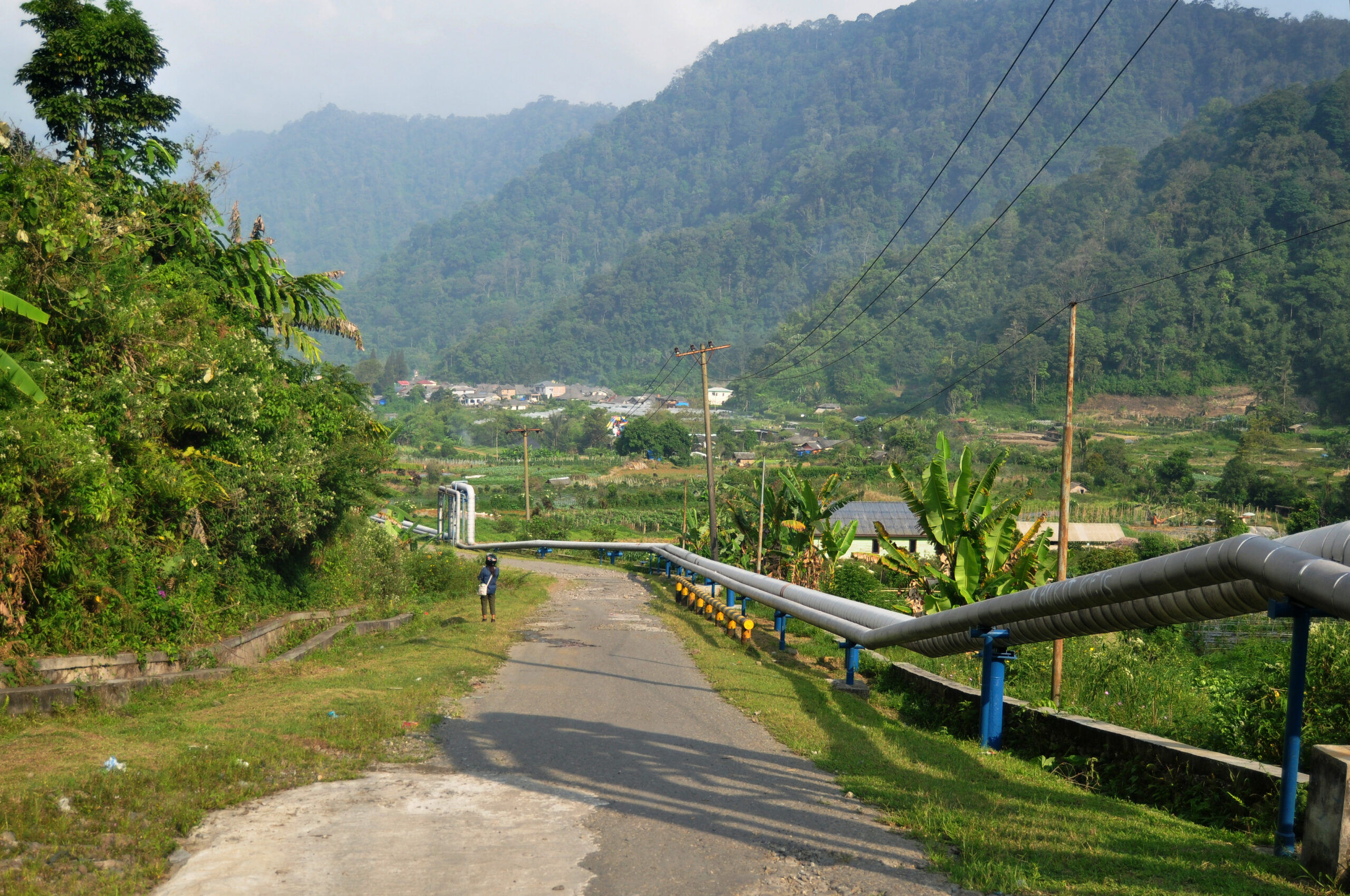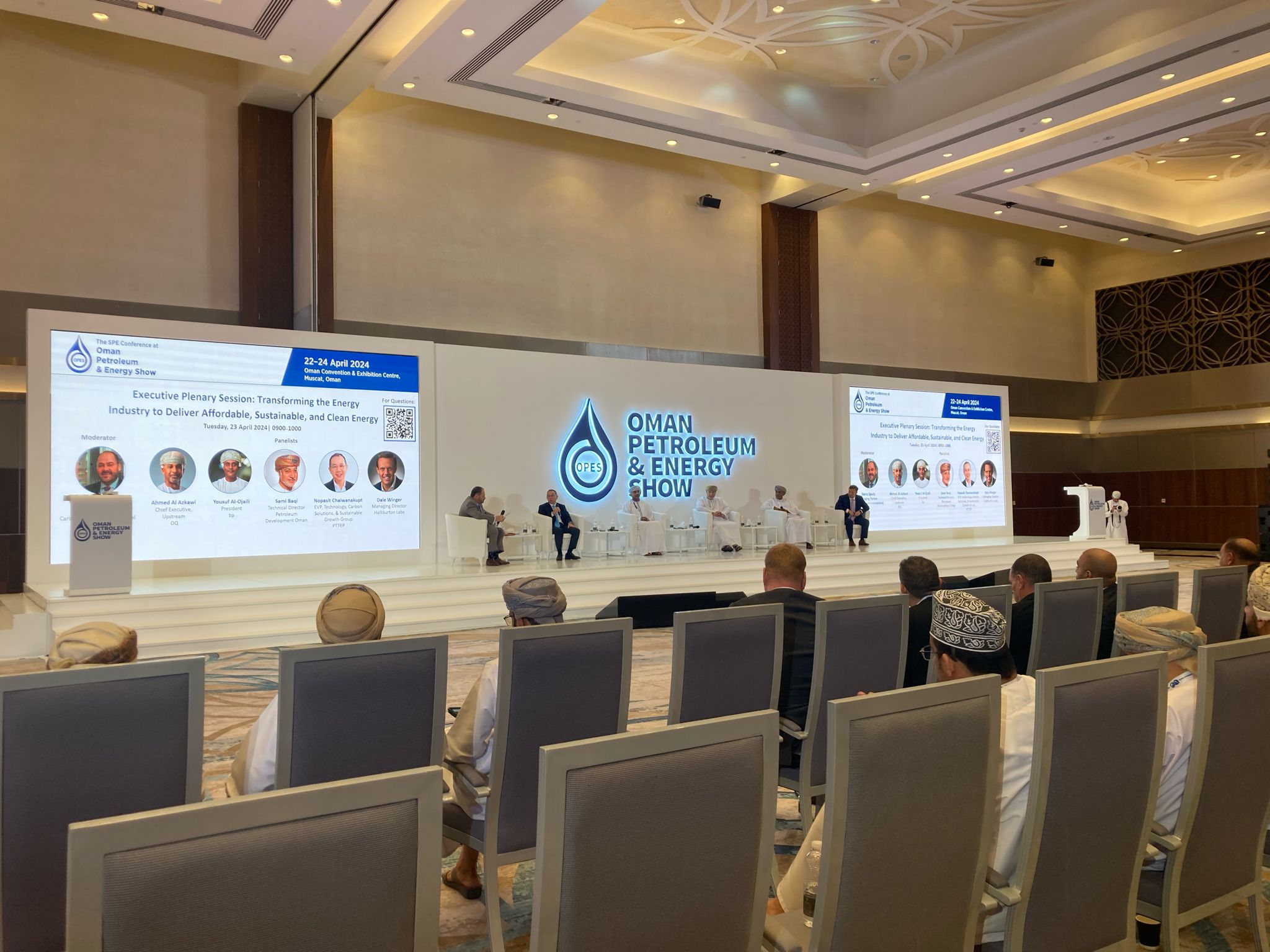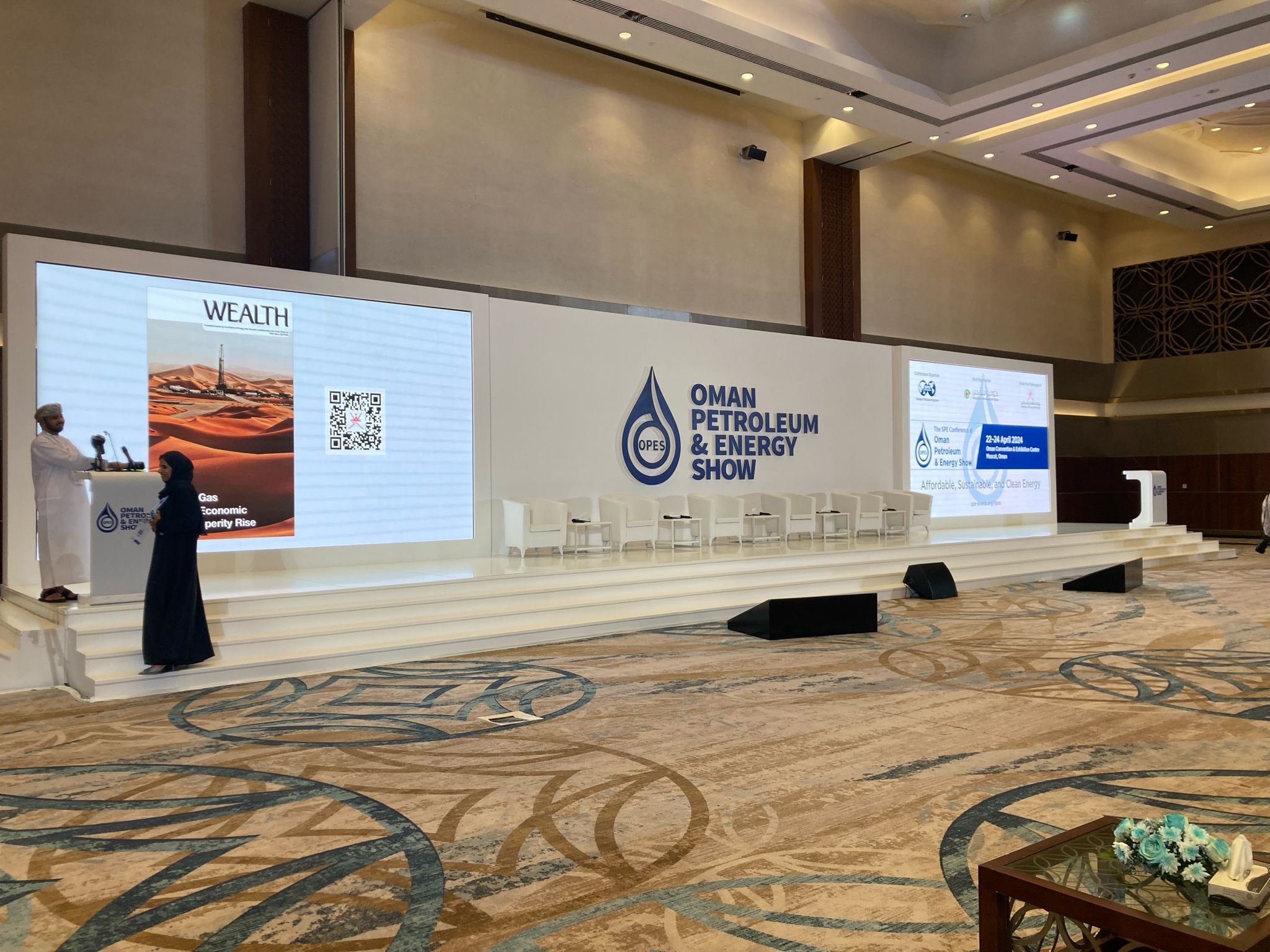Indonesia election to determine its energy transition future
Whoever wins the Indonesian election this month will have his plate full dealing with energy prices, regulation and the energy transition.

Indonesia’s election for a new president is heading into the home stretch. Three candidates are vying for the top slot, with voters slated to go to the polls on Feb. 14. Elections will also be held for vice president, assembly seats and members of local legislative bodies.
The election pits leading candidate, current defence minister and former general Prabowo Subianto (accused by watchdog groups over human rights violations), against former provincial governors Ganjar Pranowo and Anies Baswedan.
There’s a lot at stake in this election, including battling graft and rampant corruption, as candidates seek to replace outgoing populist President Joko Widodo. All three have made promises that seem decidedly hard to keep.
However, efforts to clean up Indonesia’s carbon emissions and highly polluting energy sector have been addressed only a few times on the campaign trail. Indonesia, with a population of 275 million people, is the ninth largest polluter in the world.
Whoever wins the election will have his plate full dealing with energy prices, a cumbersome energy regulatory system and with needing to placate those that want real environmental change and the old guard that is more interested in maintaining fossil fuel sector corporate profits.
Mardika Parama, a Jakarta-based Senior Analyst of Public Policy/Government Affairs at BowerGroupAsia, who has had access to the three presidential campaigns, told Gas Outlook that “Indonesian voters are very pragmatic while all candidates understand this and will avoid policies that increase energy prices.”
The prospect of higher energy prices in Indonesia can cause significant political headwinds, Parama explained. Energy prices in the country are highly regulated and still subsidised because Indonesians are so sensitive to energy price increases.
In Sept. 2022, when Widodo, an otherwise popular president, approved fuel rate hikes, his approval rating plunged by some 10 percent. Protests later ensued in the streets of major cities. Thousands of police officers were deployed across Jakarta, Indonesia’s capital, many to guard petrol stations, media reports indicated at the time.
However, Indonesians already enjoy relatively low energy prices compared to the rest of Asia. They paid only half of the actual price of gasoline in the first half of 2022, due to the government making up the difference in production costs.
This desire to keep all energy costs, including power costs, low will be a task for whoever becomes the new president since it will also clash with the country’s net zero 2050 goals.
Parama added that Indonesia’s involvement in the Just Energy Transition Partnership (JETP), a pledge by several developed nations, including the U.S., UK, Italy, France, Denmark, Germany, Norway, Canada and Japan, to help a select group of developing nations finance their own respective energy transitions, wasn’t talked about on the campaign trail. “This was due to complexities of discussing the JETP scheme with voters,” he said.
However, how to make that scheme work will also be a difficult undertaking confronting the winner of the Feb. 14 election.
Fossil fuels reign in Indonesia
Coal makes up around 35 percent of Indonesia’s energy supply, followed by oil at 29 percent, and gas at 14 percent, according to International Renewable Energy Agency data. Renewables make up 21 percent. However, only 4 percent of its renewables are solar and wind power. The remainder includes bioenergy and geothermal.
The Indonesian government recently set an earmark that renewables make up at least 23 percent of its energy mix by 2025 and 30 percent by 2030.
Indonesia’s economy also keeps growing, demanding even greater amounts of energy. That growth remains at a healthy 5 percent pace, according to the World Bank. It’s being led by private consumption as its middle class continues to expand.
Moreover, replacing coal and gas that helps maintain that growth will be an uphill struggle at best. Indonesia has the largest fleet of coal-fired power plants in Southeast Asia, with many of these plants being relatively new. This means they have several more decades of operation.
Gas dilemma
Indonesia’s gas dilemma may be just as complex to solve. It has the third highest reserves of natural gas in Asia Pacific and is the region’s second largest LNG exporter after Malaysia.
Much of that gas is now being kept at home to meet Indonesia’s own growing energy needs. In addition, domestically-produced gas keeps foreign energy imports at a minimum – a source of national pride. Added to the fray, the share of natural gas in the country’s primary energy mix is expected to increase from 17.8 percent in 2013 to 22.4 percent in 2025 and 24 percent in 2050.
The Indonesian government has also set a goal that all gas production will be used domestically by 2050. However, that’s the same year as the country’s net zero pledge. As such, unless that gas usage is reduced more or eliminated entirely, net zero for Indonesia may remain just a promise but not a reality.
As troubling as Indonesia’s energy future may sound, Parama remains optimistic. He said that there’s a “positive twist already planned on making greener energy in Indonesia a reality.”
“The vision is there now,” he said. “Each [presidential] candidate has now addressed fossil fuel energy and climate change in speeches and public debates. They already know the need to transition to more sustainable energy,” he added.
Candidates’ positions
Leading candidate Subianto has highlighted using bioenergy, along with carbon, capture, utilisation and storage (CCUS) technology to address emissions. However, to date CCUS remains an untested technology on a large scale in addition to being expensive with possible leakage problems once CO2 is stored underground.
Anies has campaigned on a platform of addressing climate change by expediting coal-fired power plant retirement, particularly in heavily populated Java and Bali. He also wants to reduce fuel subsidies and develop a resource endowment fund for research of new and renewable energy.
Baswedan, for his part, has pledged to accelerate renewable energy development, targeting 25-30 percent of renewables in the energy mix by 2029. However, this is similar to the already stated government goal. He also emphasised a gradual energy transition, including the use of natural gas as intermediary before transitioning to greener energy and also the use of CCUS.
Whether or not these respective measures are enough to convince voters — at least those concerned about climate change — and whether it would be enough to help Indonesia on its energy transition, remains to be seen.



